The Rise of Fleece Sweatpants in Custom Apparel Manufacturing
Comfort, Sustainability, and Craftsmanship Define the Trend
Few apparel items blend comfort, durability, and modern design as seamlessly as fleece sweatpants. Once reserved for gym sessions, these garments have evolved into lifestyle essentials that bridge the gap between activewear and streetwear. In 2025, fleece sweatpants symbolize versatility—offering warmth, flexibility, and eco-conscious production made possible by advanced European textile innovation.
According to the European Apparel Sustainability Index (EASI, 2025), fleece-based garments represent 29% of total activewear sales in the EU. This surge is driven by growing demand for sustainable, high-quality apparel produced within transparent European supply chains. Portuguese manufacturers, particularly Athleisure Basics, are at the forefront of this movement—offering brands full-cycle production, customization, and ethical sourcing that meet global standards.

Why Fleece Sweatpants Dominate 2025 Apparel Trends
Comfort Meets Versatility
Modern fleece combines breathable softness with the structure needed for everyday wear. Brands now balance recycled fibers and heavyweight cotton blends to achieve both comfort and longevity. The result? Sweatpants that look polished enough for coffee runs yet perform during gym sessions.
Streetwear Meets Performance
Consumers no longer separate fashion from function. Custom fleece joggers with tonal embroidery, ribbed cuffs, or functional zippers exemplify hybrid design—ready for both movement and style. This mirrors the rise of athleisure trends covered in Athleisure Basics’ 2025 trend report.
Sustainability Defines Market Value
Over 68% of EU buyers now prioritize products with GOTS or OEKO-TEX® certification. Every Athleisure Basics fleece line aligns with these benchmarks, ensuring traceability from mill to packaging. The brand’s transparency reinforces both consumer confidence and long-term brand equity.
Fleece Fabric Options for Modern Manufacturing
Fleece comes in a variety of compositions and weights—each serving a specific market purpose. Instead of rigid tables, here’s a descriptive breakdown:
- Cotton Fleece — 100% cotton, 280–360 GSM. Known for premium softness and breathability. Ideal for high-end lifestyle collections.
- Recycled Fleece — 70% recycled polyester, 30% cotton, around 300–340 GSM. Perfect for sustainable collections with eco messaging.
- Heavyweight Fleece — Cotton/poly blend, 380–460 GSM. Provides structure and insulation—ideal for streetwear joggers and winter lines.
- French Terry Fleece — Loopback cotton, 260–300 GSM. A lightweight alternative favored in baggy and relaxed silhouettes.
- Brushed Polar Fleece — 100% polyester, 300–400 GSM. Commonly used for utility wear and outdoor apparel.
Most brands today combine recycled fibers with cotton French terry to achieve flexibility, softness, and reduced environmental footprint.
Manufacturing Process: From Design to Delivery
Producing fleece sweatpants in Portugal involves a sequence of technical and sustainable steps:
- Design & Pattern Creation — Athleisure Basics uses CAD-assisted pattern systems to ensure perfect grading and minimize waste.
- Sustainable Fabric Sourcing — All fabrics come from ISO 14001-certified Portuguese mills aligned with Made in Portugal sustainability standards.
- Cutting & Sewing — Laser-guided cutting ensures precision; reinforced stitching enhances durability for both sports and leisure wear.
- Customization Capabilities — Options include embroidery, digital prints, Pantone dye matching, and woven or heat-transfer labels.
- Quality Control — A three-stage inspection checks density, tension, and finishing—data logged for full traceability.
Standard vs. Premium Manufacturing
While standard fleece sweatpants use lighter 260–300 GSM fabrics sourced from Asia, premium Portuguese versions rely on 380–460 GSM certified fleece. Portuguese production offers lower MOQs (150–300 units), faster lead times (4–6 weeks), and higher sustainability validation. The slightly higher cost (€16–€22 per unit) delivers superior quality and a “Made in Portugal” market edge recognized across Europe’s top fashion manufacturers.
The Evolution of Fleece Manufacturing in Europe
Europe’s textile sector has transitioned from traditional mills to tech-enabled sustainability. Portuguese manufacturers lead this shift through renewable energy integration, digital monitoring, and short-supply-chain logistics. In northern Portugal—regions like Braga and Guimarães—factories specialize in circular knitting, recycled yarns, and 3D pattern prototyping. This cluster effect allows smaller brands to access the same advanced infrastructure used by luxury labels while maintaining ethical standards and affordability.
By merging heritage craftsmanship with automation, Portugal’s apparel industry maintains both consistency and agility. For instance, digital dyeing lines minimize water waste by up to 40%, while automated quality control systems reduce fabric rejection rates. This level of modernization positions Portugal as the go-to location for premium fleece apparel.
Fleece vs. Other Fabrics: What Makes It Stand Out
Compared with materials like cotton jersey or French terry, fleece provides a unique thermal advantage and tactile appeal. It offers plush insulation without bulk, thanks to its brushed interior that traps warmth while allowing airflow. Streetwear brands gravitate toward fleece because it supports structure for modern silhouettes—think tapered joggers and oversized sweats—while maintaining comfort. French terry, though popular, lacks fleece’s volume and softness, making fleece ideal for premium joggers and casual luxury wear.
Additionally, fleece performs better under embroidery and patch applications. The dense surface resists puckering, providing a clean, upscale look that complements minimalist branding aesthetics. This is why many high-end collections now use fleece across hoodies, joggers, and sweatshirts, similar to designs seen in Athleisure Basics’ hoodie collection.
Case Study: Brand Transitions to Sustainable EU Manufacturing
Since 2022, Athleisure Basics has supported over 120 apparel brands transitioning from Asian to European production. One startup, a London-based streetwear label, cut its delivery time from 10 to 5 weeks and increased repeat customer satisfaction by 30% after shifting to Portuguese fleece joggers. The brand’s production line now uses 65% recycled yarn and has earned OEKO-TEX® certification within its first year of collaboration.
This case exemplifies how local sourcing in Portugal not only shortens lead times but also enhances brand storytelling—allowing small labels to confidently market themselves as “ethically made in Europe.” Such success stories reinforce Athleisure Basics’ position as a trusted low-MOQ premium manufacturer.
Cost Advantage of Portugal-Based Production
Portugal’s value lies in balanced economics—competitive labor costs, lower freight expenses, and EU duty exemptions. Sampling typically costs €80–€120, with bulk units priced at €16–€22. Recycled yarn premiums add €1.50–€2.00 per unit but return long-term marketing benefits. By comparison, Asian suppliers may offer lower unit prices but often at the expense of quality consistency, certification transparency, and longer 8–10 week lead times.
FAQs About Fleece Sweatpants, Fabrics, and Customization
Manufacturing in Portugal
What is the typical MOQ for Portuguese fleece manufacturers?
Most start at 150–300 units per style—ideal for startups or DTC brands testing new lines. Portugal’s flexible MOQ policies make it easier to launch without high inventory risk.
Why choose Portugal over Asia for fleece production?
Portugal offers EU labor standards, verified sustainability, zero import duty within Europe, and shorter lead times (4–6 weeks). Brands gain a “premium made in Europe” perception that supports higher retail pricing.
How does Athleisure Basics ensure quality control?
Through digital inspections for density, seam strength, and finishing, logged at every stage of production for full traceability.
Is small-batch manufacturing possible?
Yes, Athleisure Basics specializes in low-MOQ production with no compromise on customization, perfect for boutique and DTC collections.
Fabrics and Sustainability
What type of fleece is best for year-round collections?
French terry and mid-weight recycled fleece (300–340 GSM) offer breathable warmth, making them suitable for multi-season wear.
Are recycled fleeces as durable as virgin cotton blends?
Modern recycled yarns match durability standards and often outperform older synthetics due to improved spinning technologies.
Do Portuguese mills offer GOTS and OEKO-TEX® certified fleece?
Yes, nearly all partner mills comply with these standards, guaranteeing chemical safety and sustainable sourcing verified by Textile Exchange 2025.
What percentage of Athleisure Basics production uses recycled fibers?
Roughly 65% of total fleece output uses recycled or organic fibers, with a target of 80% by 2026.
Customization and Design
What customization methods are most effective for heavyweight fleece?
Embroidery, woven labels, and reactive dyeing are best suited. They maintain clarity and color integrity on dense fabric surfaces.
Can I request Pantone-matched colors for custom joggers?
Absolutely. Portugal’s dye houses specialize in Pantone-matched reactive dyes for cohesive branding across styles.
How much does customization affect production cost?
Embroidery or print customization adds about €1–€3 per unit, depending on complexity, but enhances brand differentiation and resale value.
How long does prototyping take for a new design?
Sampling generally takes 2–3 weeks, allowing time for fabric testing, fit approval, and dye verification before bulk production.
Summary and Call to Action
Fleece sweatpants have evolved from sportswear basics into symbols of modern comfort and sustainable luxury. Portugal’s manufacturing excellence—spearheaded by Athleisure Basics—offers brands an ethical, efficient, and customizable path to premium apparel production. From eco-certified fabrics to low-MOQ sampling, the advantages are clear: faster lead times, transparent sourcing, and long-term quality that defines European craftsmanship.
Ready to create your custom fleece collection?
Request a Quote or Book a Design Consultation today. Our experts will guide you through material selection, prototype development, and production planning to help your brand stand out in 2025 and beyond.
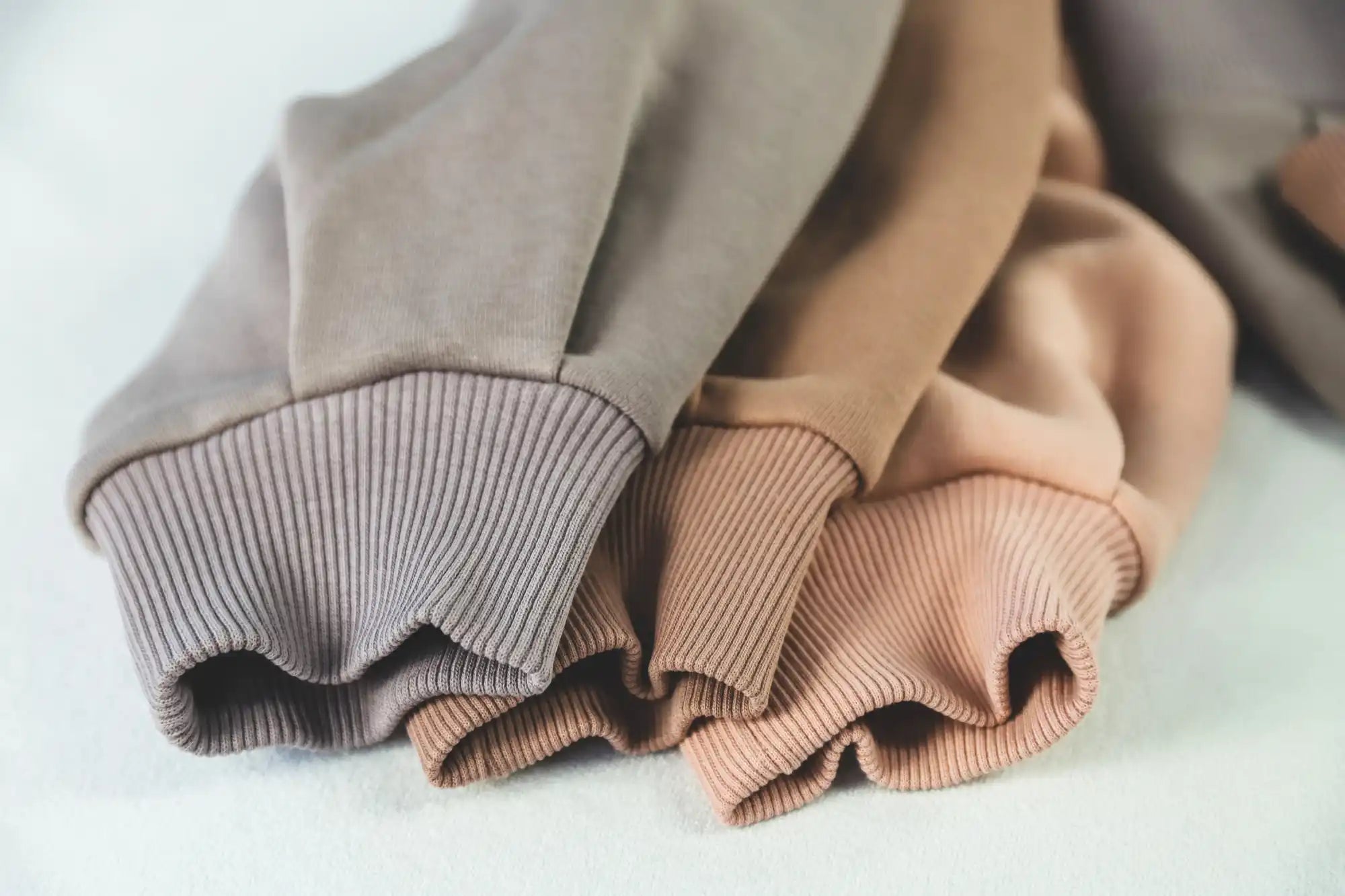
Materials & Fabrics for Clothing Production
Explore cotton, French terry, jersey, fleece, and sustainable blends used in premium apparel manufacturing.
Explore Premium Apparel Fabrics Guide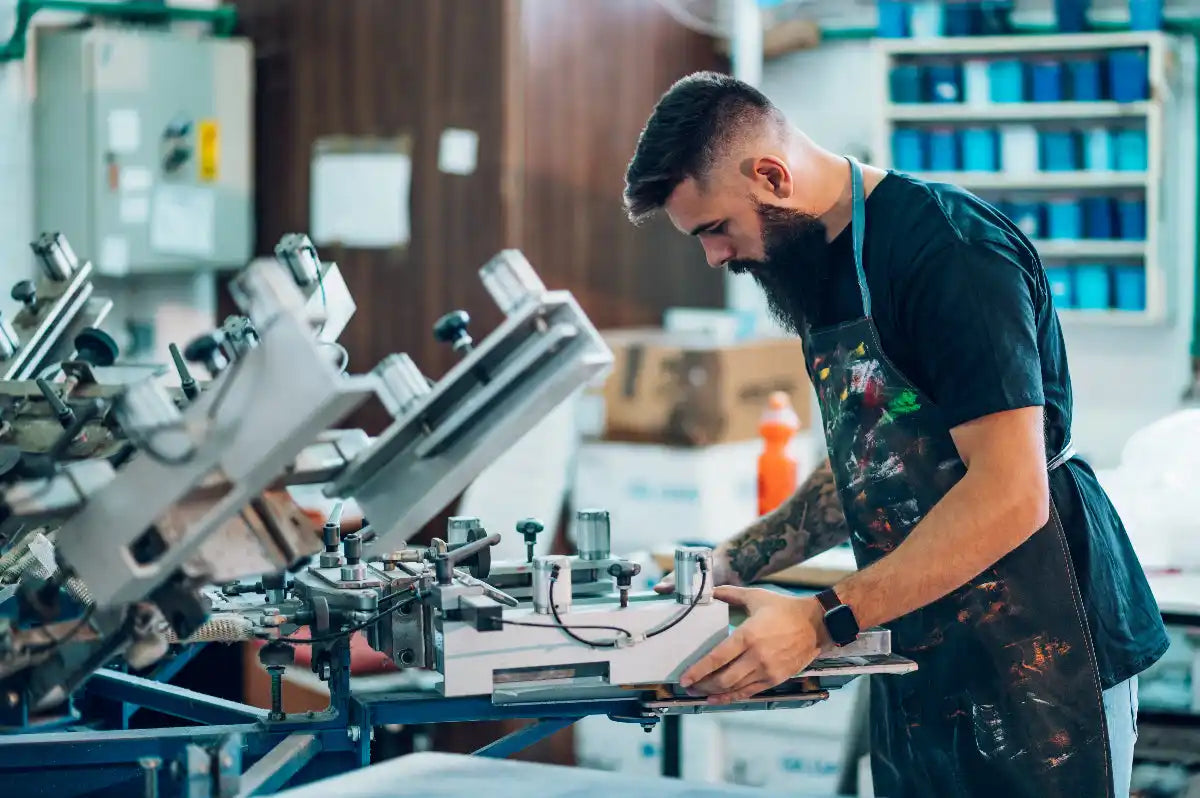
Printing Techniques for Apparel Production
Screen printing, embroidery, puff prints, and digital methods for custom clothing manufacturing.
Explore Custom Apparel Printing Techniques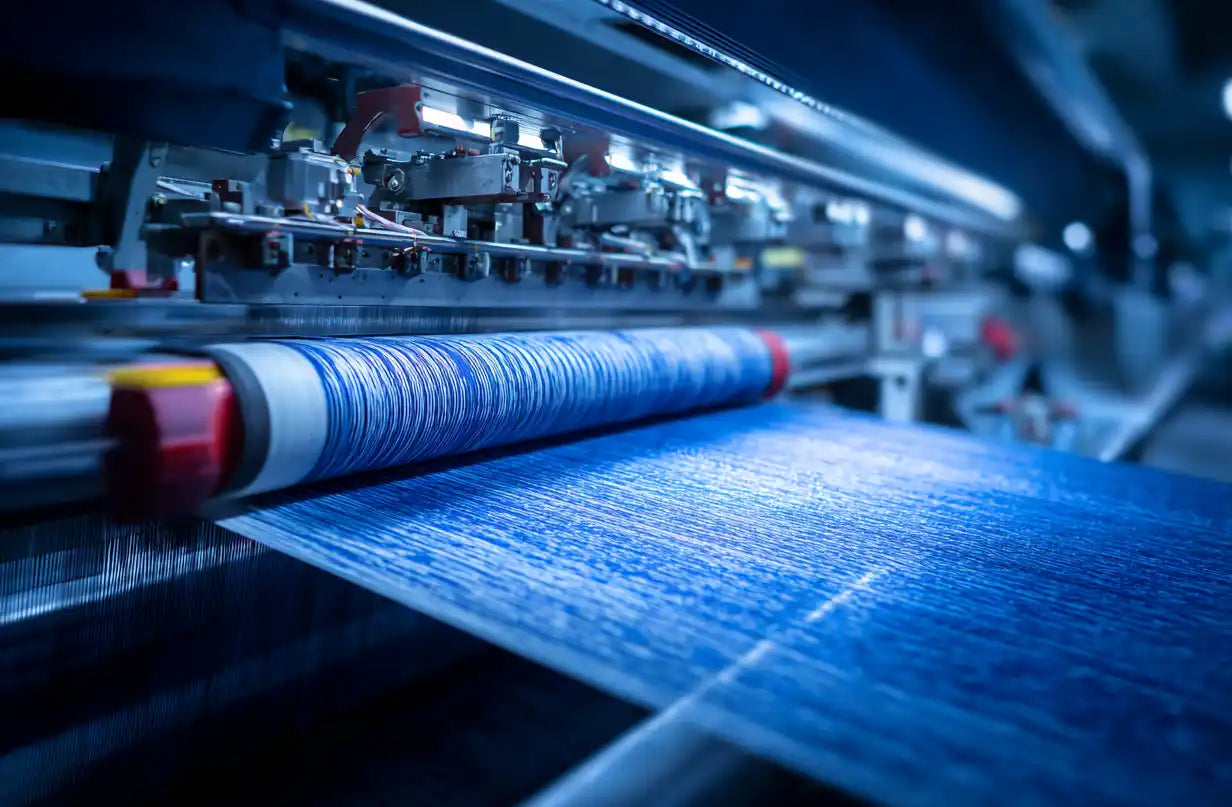
Dyeing Techniques in Clothing Manufacturing
Garment dye, pigment, acid wash, and stone wash finishes that create unique apparel designs.
Compare Apparel Finishing Techniques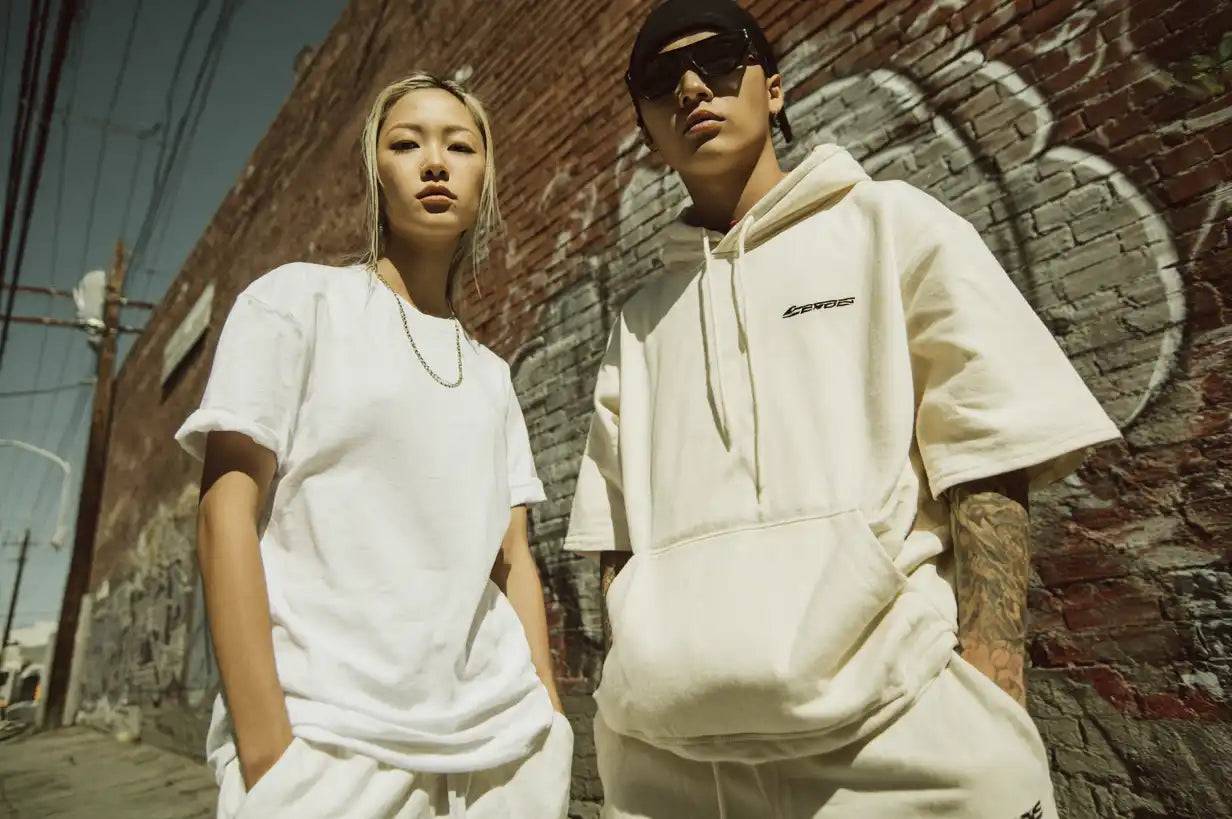
Popular Clothing Items for Custom Apparel
Hoodies, joggers, t-shirts, leggings, and biker shorts — essentials for every apparel collection.
Explore Popular Custom Clothing Items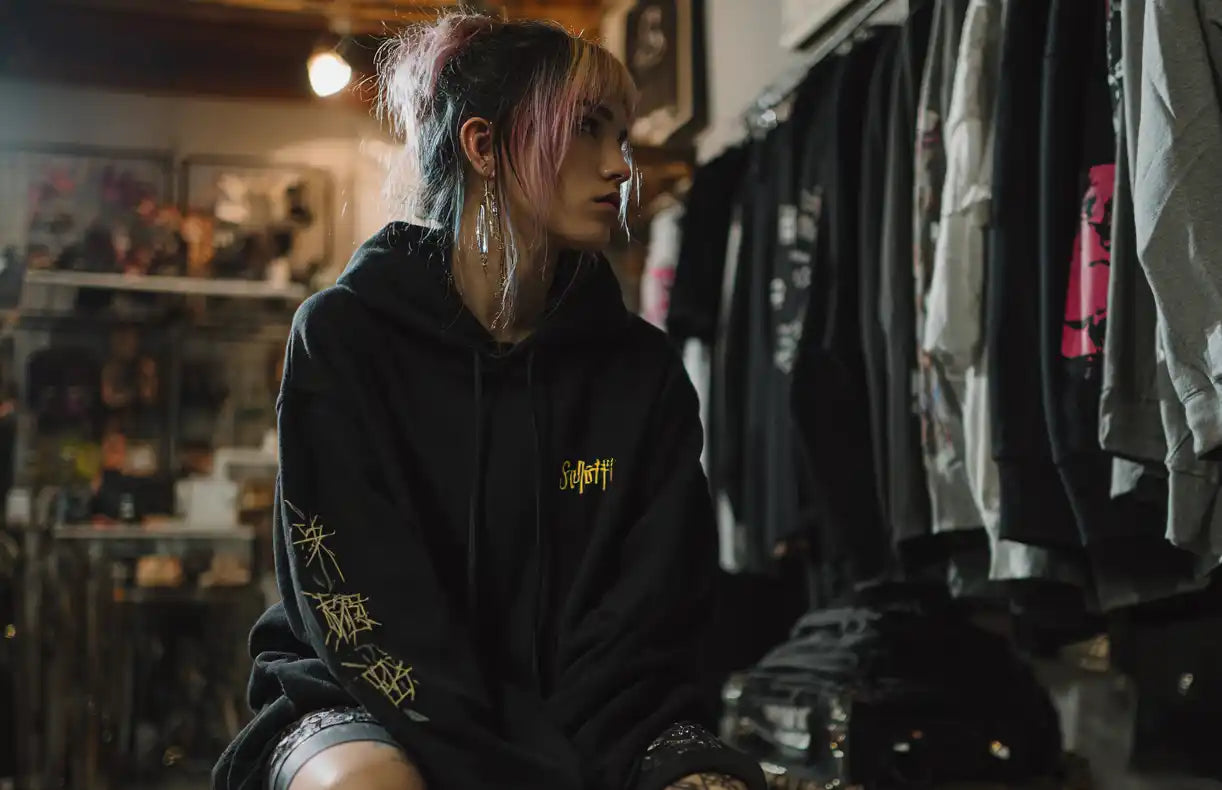
Trends & Designs in Modern Apparel
Oversized fits, streetwear influences, and activewear styles driving custom clothing production.
Explore Trends & Designs for Apparel Development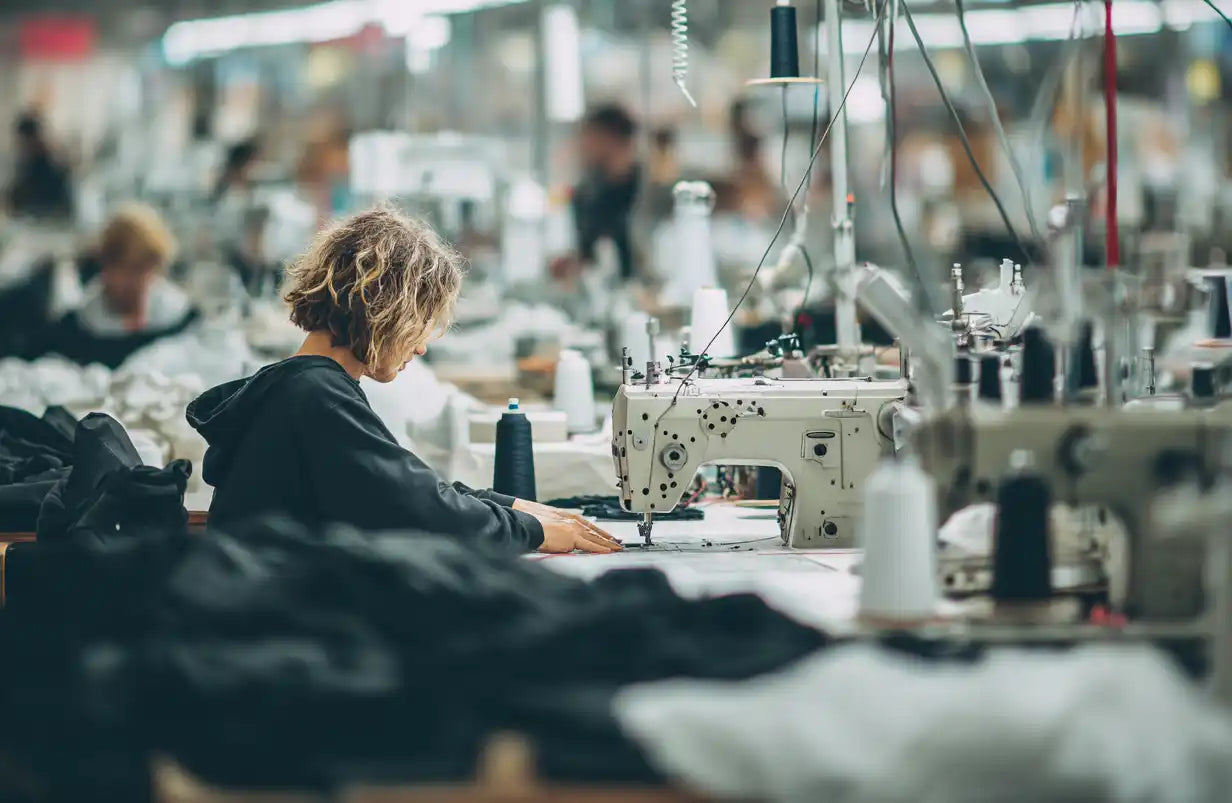
Sustainable & Ethical Clothing Production
OEKO-TEX® certified fabrics, organic cotton, and ethical apparel manufacturing in Portugal.
Understand Sustainable & Ethical Clothing Production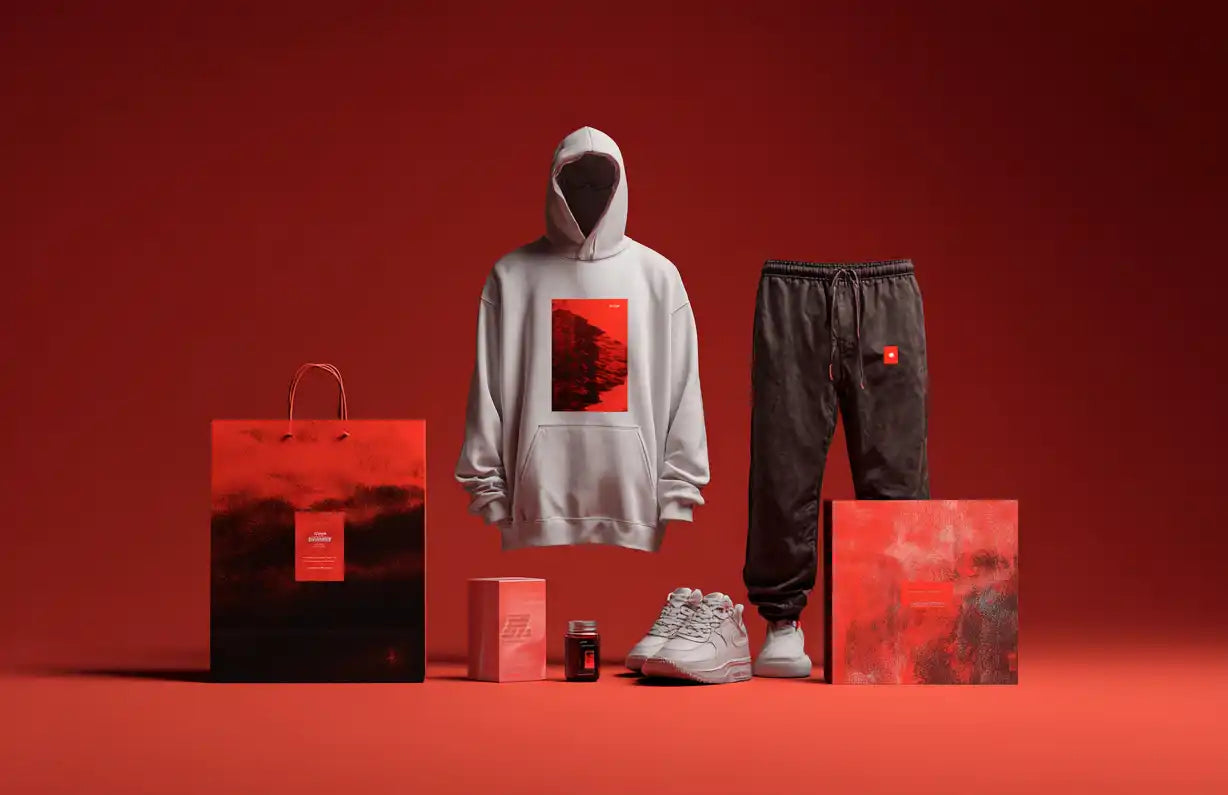
Essentials for Custom Clothing Production
Custom labels, packaging, and trims that elevate your apparel brand in production.
Explore Essentials for Custom Clothing Production
Resources for Custom Clothing Production
Startup guides, logistics support, and scaling strategies for apparel brands and wholesale clients.
Explore Resources for Custom Clothing Production
Clothing Manufacturing Glossary
Explore a complete glossary of clothing and garment manufacturing terms
The Complete Clothing Manufacturing Glossary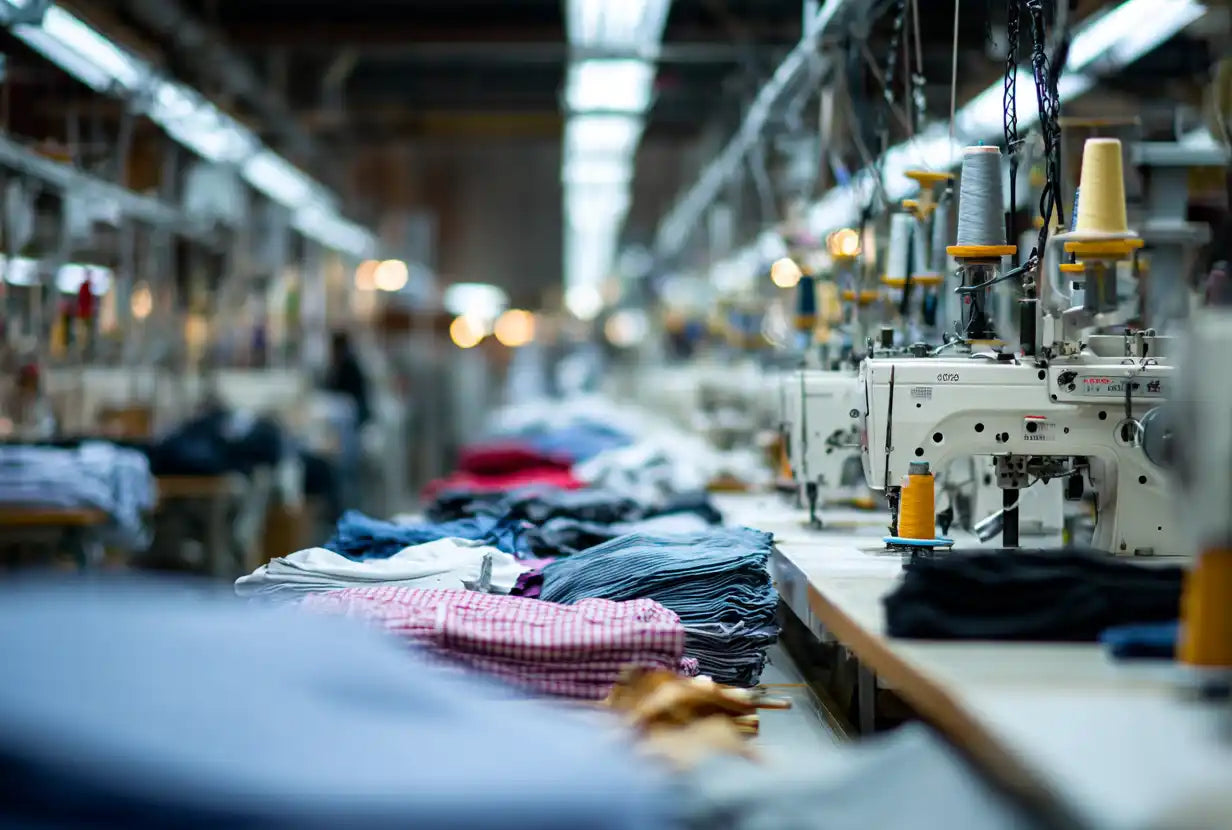
The Best Clothing Manufacturers
Explore global clothing manufacturers by country
Explore The Best Clothing Manufacturers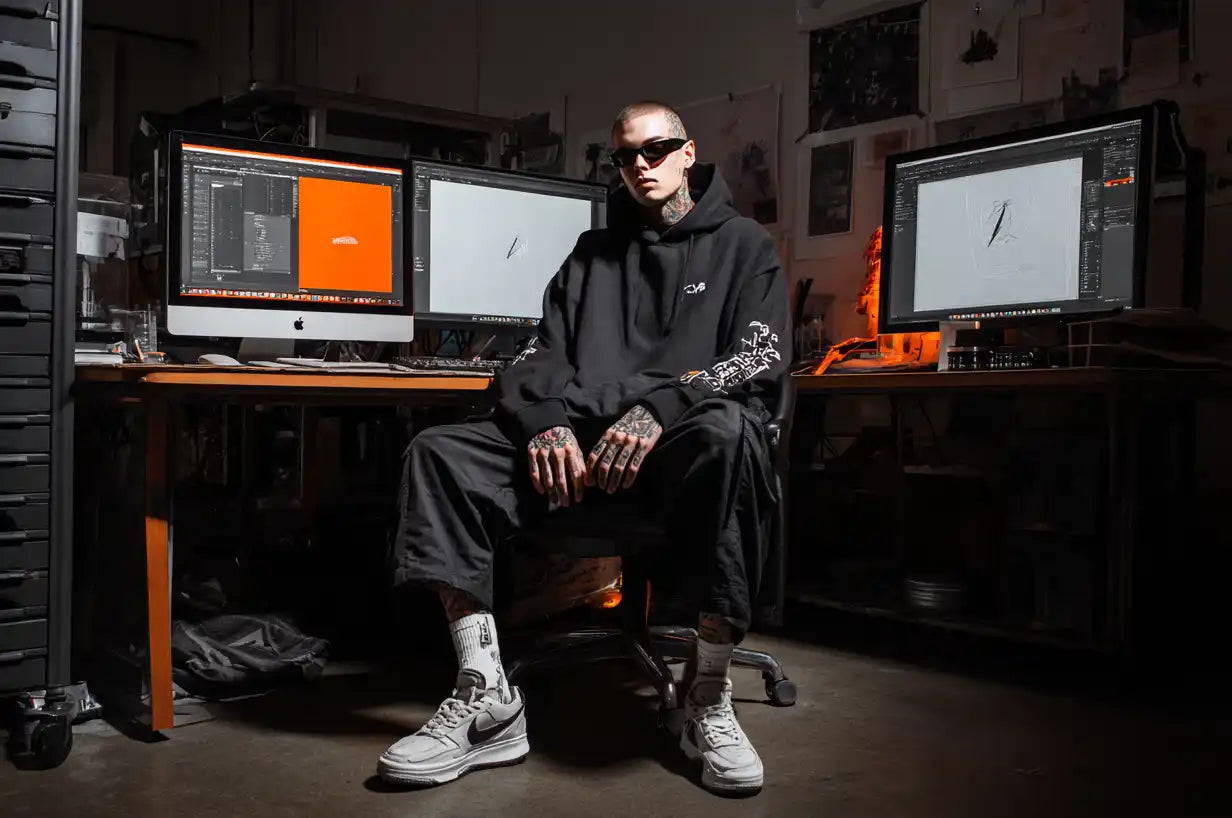
The Latest Clothing Industry Updates in 2025
Discover the latest news about important topics in the clothing industry in 2025,
Stay On Top Of Clothing Industry Updates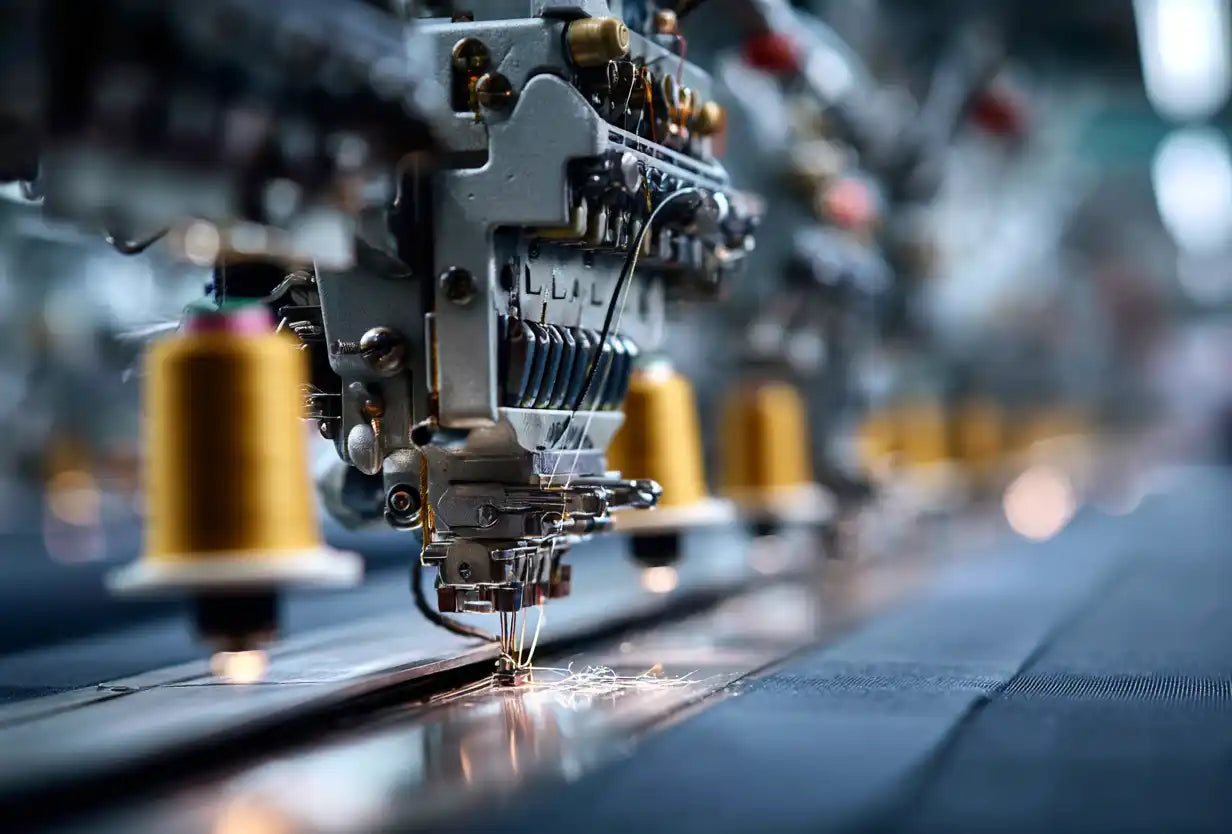
Worldwide Best Manufacturers of Clothes in 2026
Top clothing manufacturers worldwide organized by product type
Find The Worldwide Best Manufacturers of Clothes